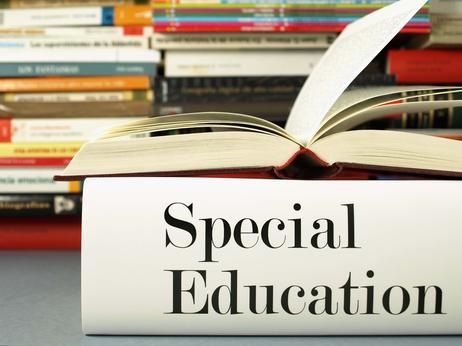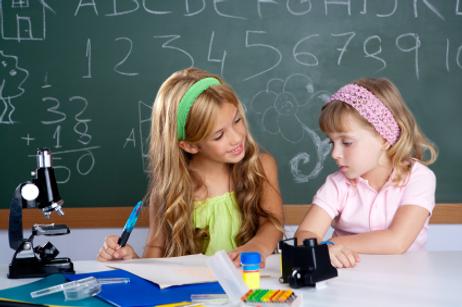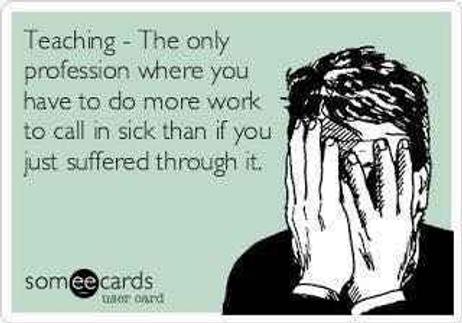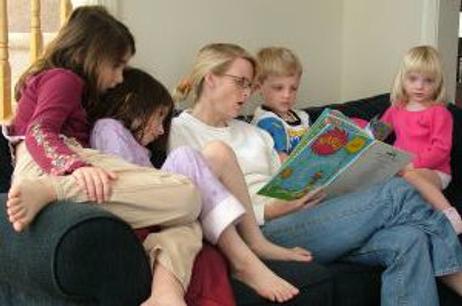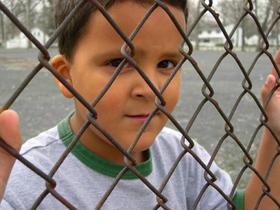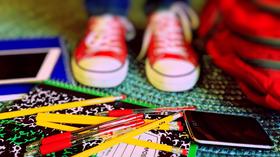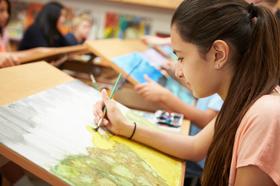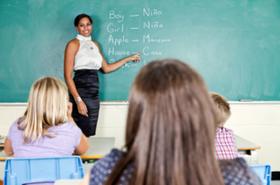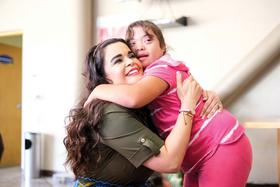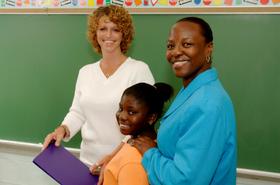If you have a child with special needs, you are no doubt familiar with many of the services and accommodations provided to them by their school. You may also clearly understand some of the laws that guarantee your child the appropriate support services in an educational setting. You are likely also familiar with the time, energy, and red tape required to obtain services for your child. It is a complicated process, with many legal underpinnings guiding developing and administering programs for special needs kids.
Individuals with Disabilities Education Act
First passed in 1975 as the Education of Handicapped Children Act, the Individuals with Disabilities Education Act (IDEA), as it stands today, is the result of revisions in 1990, 1997, and 2004. Before 1975, children with disabilities were either placed in segregated classrooms in public schools or denied access to public education altogether.
This video explains IDEA.
Today’s iteration of IDEA includes four parts, including Part B, which outlines the service requirements for children from 3-21 years of age, and Part C, which governs the administration of services to children from birth to 2 years of age. IDEA, among other things, establishes that families have a right to:
- A Free and Appropriate Public Education for school-aged children.
- An Individualized Education Plan for public school students.
- A consultation with a school professional to determine the level of a disabled child’s needs.
- Access to early intervention services for infants

